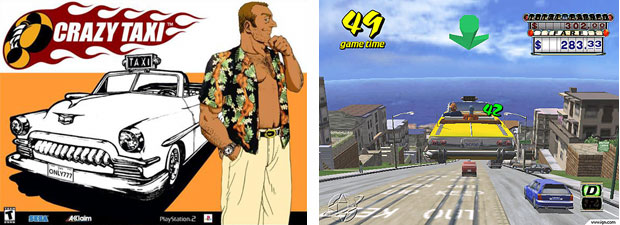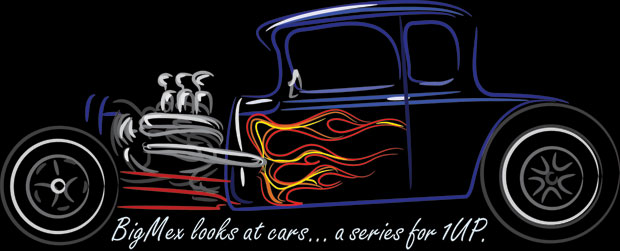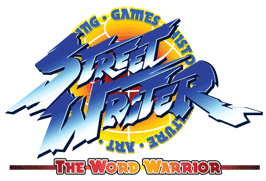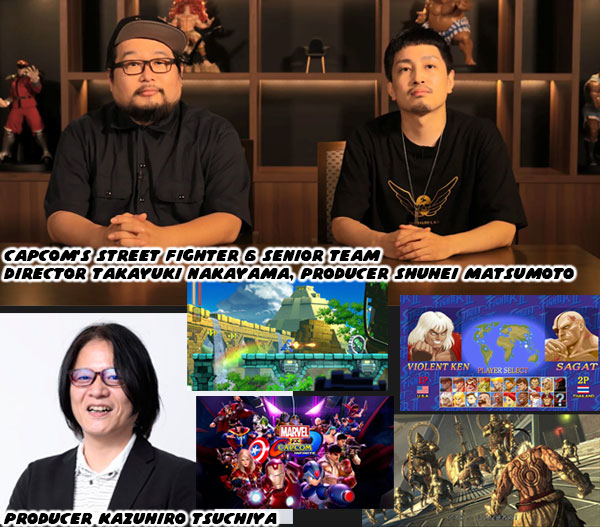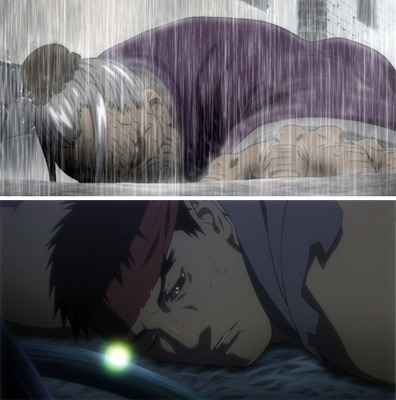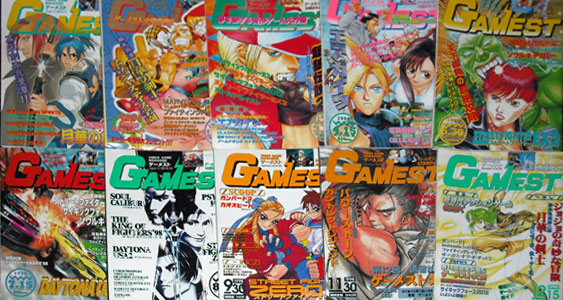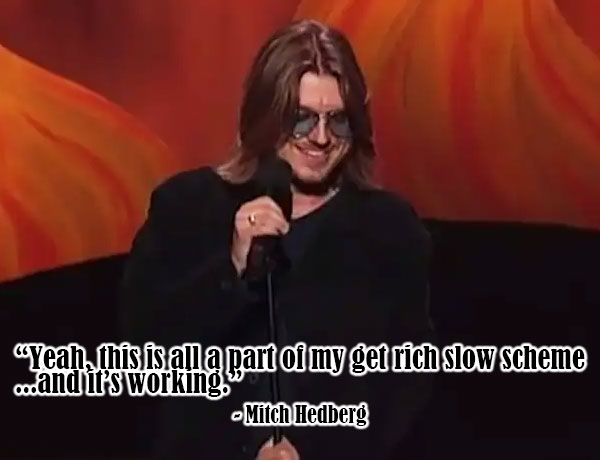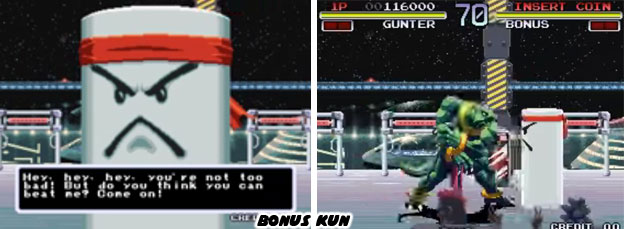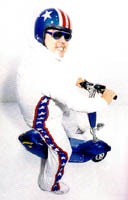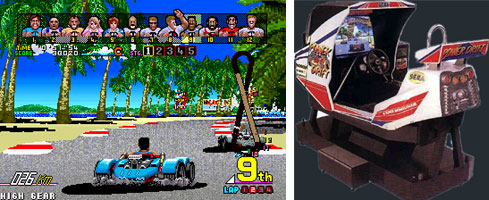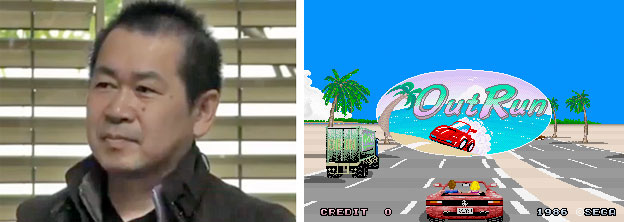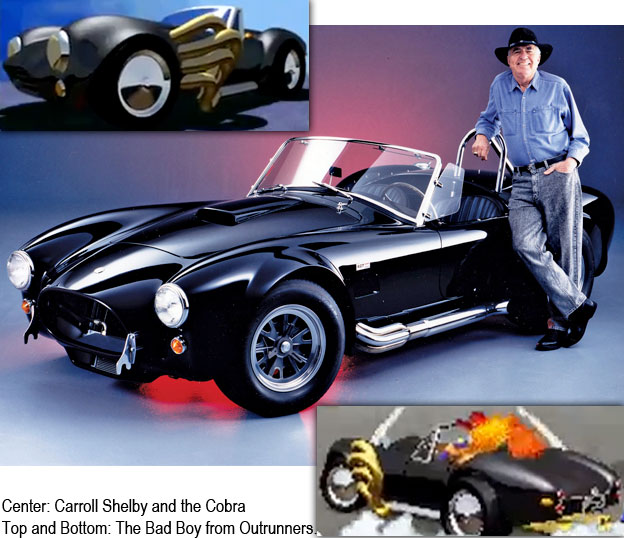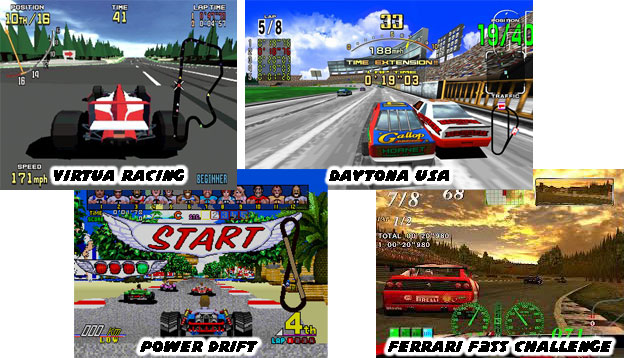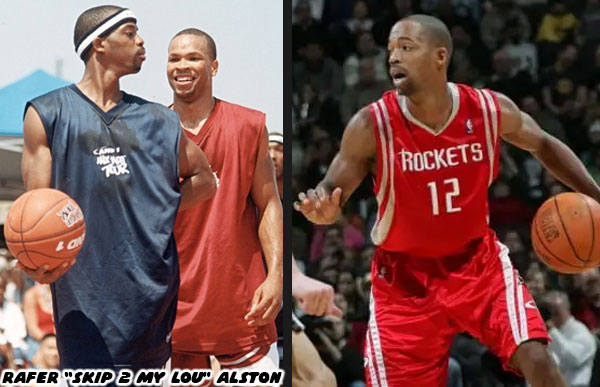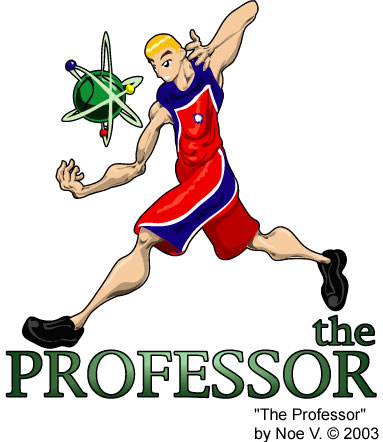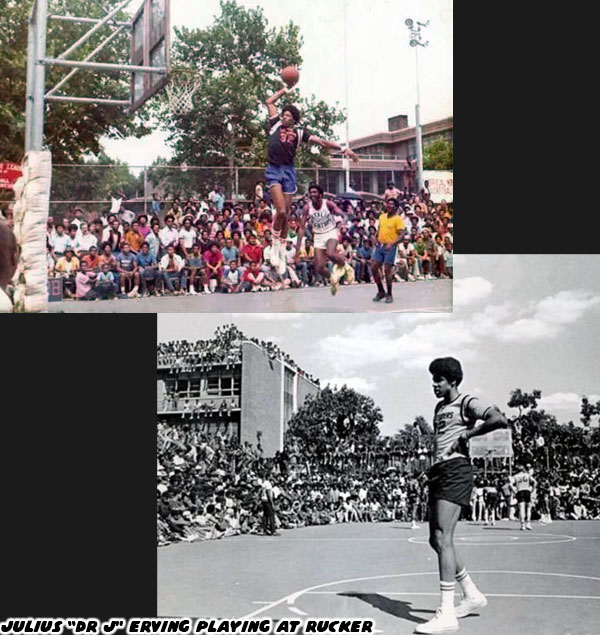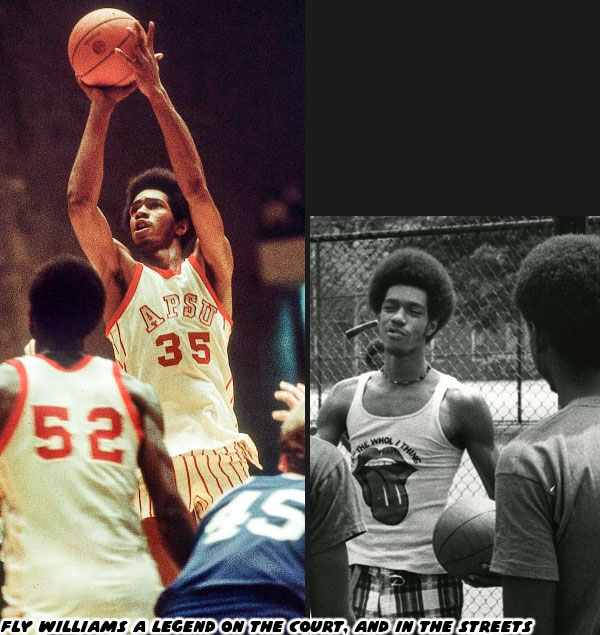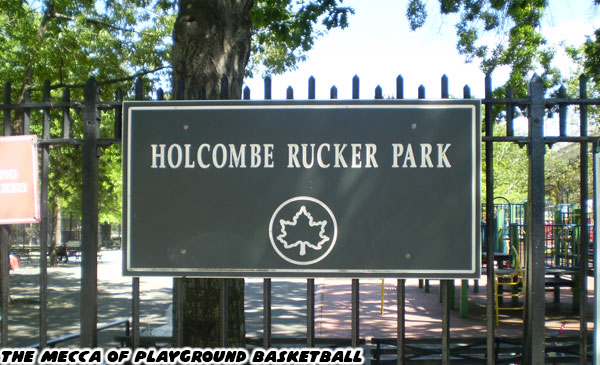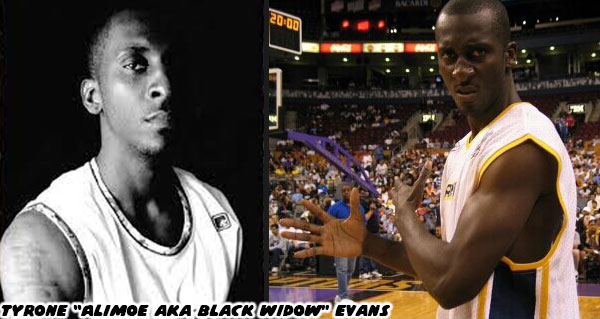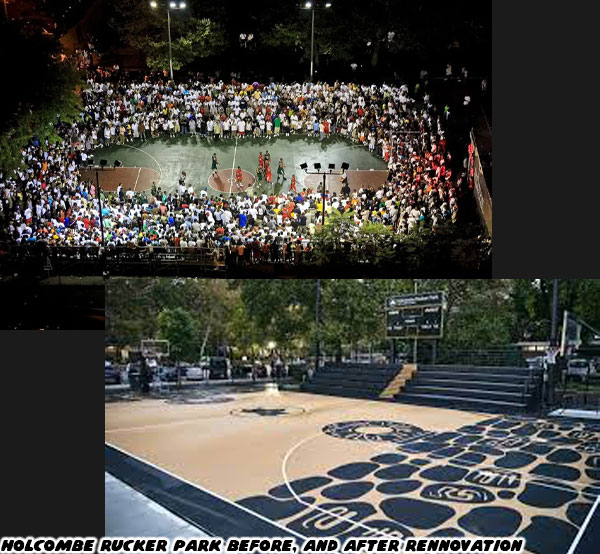More like Wild Bill than Billy the Kid.
Billy Harris is "the one." Billy Harris is the final legend among Legends. Billy Harris is the greatest playground legend ever. Some would go so far as to say that he was the greatest basketball player, period.
"They used to have jump ball. Muthafucka throw that shit up, I jumped up and grabbed that bitch and shoot it in. They stopped the fucking game! They don't know what the fuck to do! Is this shit legal or what? Y'all figure this shit out. When y'all get it figured out I'll finish whopping y'all ass."
- Billy Harris in Nike Battlegrounds.
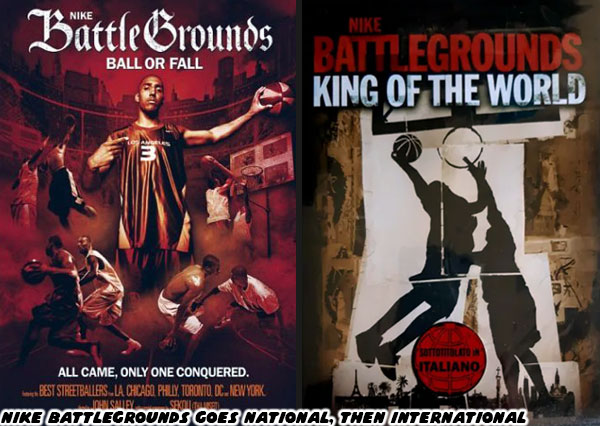
The best basketball journalist of our time, Scoop Jackson, did the homework so I didn't have to. Scoop separates fact from fiction in SLAM #30 with the help of Bhatie Demus, Courtney Goldwire and Chicago Sun-Times reporter Lacy Banks. Billy's life is so extraordinary that is really does tell that many writers working for the common goal. Breaking down Billy's life, understanding what happened and separating fact from fiction proved to be a hard undertaking.
I've added some text from the SLAM article as well as dialogue from the Battlegrounds DVD in which Billy shares some of his stories. The text is uncensored. Billy and Fly Williams were snuck in the early part of the DVD, introduced by the poet SEKOU (THA MISFIT), yeah I've never heard of him either and I'm sure Nike threw him in there to try and be hip and "urbane." That whole DVD would have worked better without the cages, hype, narrator and circus atmosphere, but I digress. This is the story of Billy Harris, not a two-minutes and bleeped-out like it was on the DVD, you have been warned...
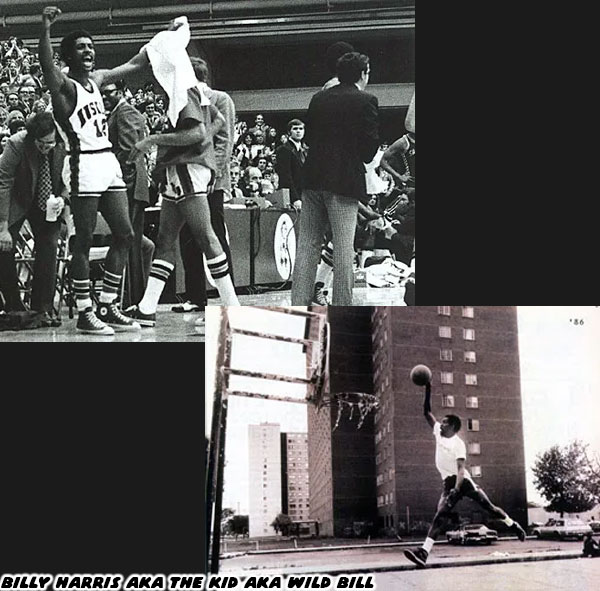
Billy has seen every possible aspect of the playground to pro back to playground life that any legend has ever had. Scoop illustrated that wonderfully in SLAM. The life of Billy Harris was not an easy one. Billy had the most potential and carried more of the ghetto on his shoulders than any other playground legend mentioned in this article. Every game he played was a battle for more than himself. It was a battle for the hood; it was the one thing that kept his community going. Billy had become bigger than a legend. He was a god.
Accomplishments mean nothing compared to the life Billy had. This life included drugs, women, cash for favors, pimping and dependency. However Billy would redirect our attention to the game, he would say, "Check the books" and they would prove that he was right. Billy had nothing to hide. His ability to play the game so incredible that it scared coaches and opponents alike. He was too much for one team, too much for one city to contain. Billy was drafted and then cut by the Chicago Bulls. Although he was the best draftee on the team (and apparent that he was the best player period) he was still cut.
"The fact that Billy didn't make it had nothing to do with talent. Politics and many other aspects made it impossible for him to make it. If they had a three-pointer when he was playing, he'd average 60 or 70 points. Easy. Because most of his points came right as he came across half-court. He had character, but was outspoken. Like Muhammad Ali said, 'It's not bragging if you can back it up.' Billy always did. Honestly, I don't think the league was ready for him."- Sonny Parker, NBA and playground legend as told to Scoop Jackson.
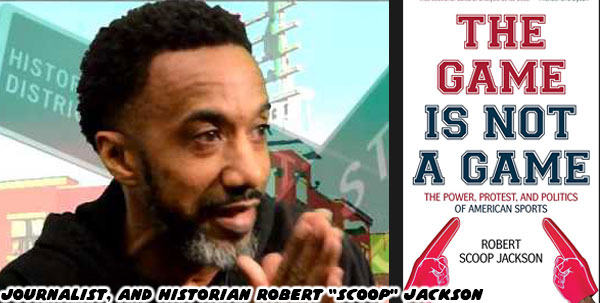
Billy could foretell his fate and knew that he was not cut out for professional basketball. His game proved to be too much for a league not ready for change. It was enough that the ABA was radical enough for the NBA to incorporate. Billy's all-around ability would have pushed the league into the 22nd century.
Sadly very few people realize or acknowledge the sacrifices that Billy, and many legends like Fly Williams and Earl Manigault made in order to bring the playground game up to the prominence it is now. A lot of cats today assume that the street game has always been big and that the money that is out now has always been around. Get it straight. It was people like Billy that brought the game up and more people should praise the names that came before like Chicago University coach, Marquette University and NBA star Bo Ellis, "If I leave here without saying what I have to say, I will feel awfully bad. I want to say thank you to this man sitting on my right, Billy Harris. Bill Harris is by far the best basketball player I've ever been associated with. I don't consider this man a playground legend, though. Because when we were coming up, playground legends were young men that didn't really go to high school, didn't graduate, didn't go to college. This man has a degree. He played in the ABA. He worked downtown in suits. So I don't consider him a playground legend, because he's accomplished things. But I do consider him one of the coldest players I've ever seen coming out of Chicago-on the court and mentally. Because without his direction and guidance, [a lot of things] would have been non-existent to me. The reason I've had a lot of success in my life is because of people like Billy Harris." (Jackson 114)

I will begin to put down the numbers. Each statistic gets more unbelievable than the previous. These are not myths or fables, there is proof for all of the claims and the four journalists that brought Billy's story to SLAM will testify that this is the truth the whole truth and nothing but the truth.
Billy was an amazing scorer, averaging no less than 30 points per game in high school in college. He never played a team game for less than 30 points, period. His shooting was deadly accurate, somewhere in the 65-70% range from anywhere on the court. However Billy was more than a shooter. He could drive, he could dish and he could dunk. He could defend the basket and more than any other legend he could read his opponents. Billy's athleticism matched every mental aspect of his game and vice versa. Billy understood how to score and how to utterly destroy his opponents.
"You know it's a curse. People think it's a good thing to be able to read other people, being able to smell bullshit. But it's not. Because what happens when you sense that bullshit inside your family? When it's right next to you every day? What do you do then? (Jackson 110).
This is all hyperbole without telling you who gave Billy Harris competition. In the mid 60's every playground, college and high school legend in Chicago and the surrounding cities was gunning for Billy.
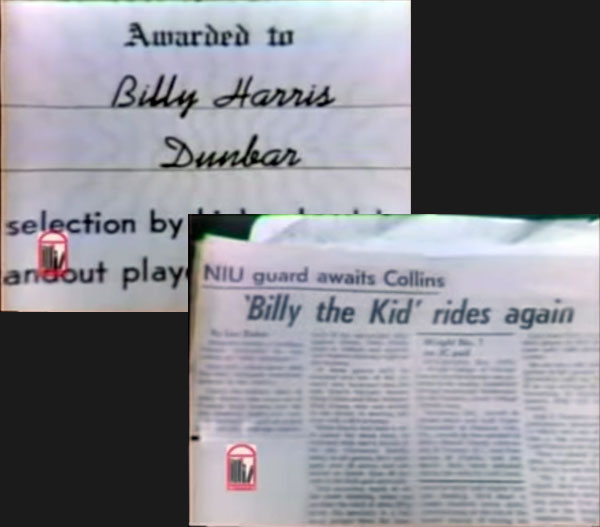
This is not myth but fact: Billy never lost a game of 1-on-1 in his life. For the 14 years he was in his prime. From the age of 16 to 30 he never lost a game of 1-on-1. Period. At his peak Billy would handicap himself. He would play a game to 24 and give his opponents 22 points. "West side" rules so possessions would alternate after every basket. If they made one basket from the three-point line then the game was over... Billy never lost. Billy would even give opponents a half point if they could touch the backboard with their shot. Hit the backboard four times and the opponent would win? Even with those odds Billy never lost.
"Nobody knows these stories. Nobody. You wanna know why? Cause I ain't told them."
- Billy in Nike Battlegrounds.
Scoop tested Billy, asking him if he would give Dr. J, Jordan, Magic and Bird those same odds. Defiantly Billy answered, "I'd give them 22 and the game's 24. They would never beat me? Ain't no motherfucka alive, walking around, that can say that they beat Billy Harris one-one-one. You can put it on the radio, TV, whatever. Ain't nobody ever going to step up and say that they beat me. They are not going to win. You don't understand-I played against n*ggas that would rather kill you than let you beat them. And I figured out a way to destroy those n*ggas."
In team games no one ever put any number of points on Billy. Billy says it with conviction. He never played a bad game in his life. Each and every game he played was nothing but his best. "I played basketball like it meant life or death. Pressure? Where the fuck does pressure come from? The pressure is on me. I'm playing against me! I'm searching for the perfect game. That's what I did." (Jackson 112)
It sounds too good to be true. A player this good could never have existed. Scoop went searching for proof of the claims. Billy's friends, coaches and family all backed up the stories. More incredible were the enemies that also supported Billy's claims. People that hated Billy could not bring themselves to lie against his game.
Still Scoop went on a hunt for just one bad game, the missed shot for all the money, the crack in the armor. Ed Curry, fellow Chicago playground tournament champion and spokesperson told Scoop, "You won't find it. That son of a bitch never had a bad game, and he didn't lose. I can say that I've seen every great ballplayer that's ever played in this city-played against most of them-and there was no one like Billy. There's no one in the pros today like Billy. He was one of a kind, and he didn't care. He didn't care about the other four players that played with him, and he didn't care about the five guys that used to try to guard him. People think Michael Jordan is one of a kind? No. Billy Harris was one of a kind." (Jackson 110)
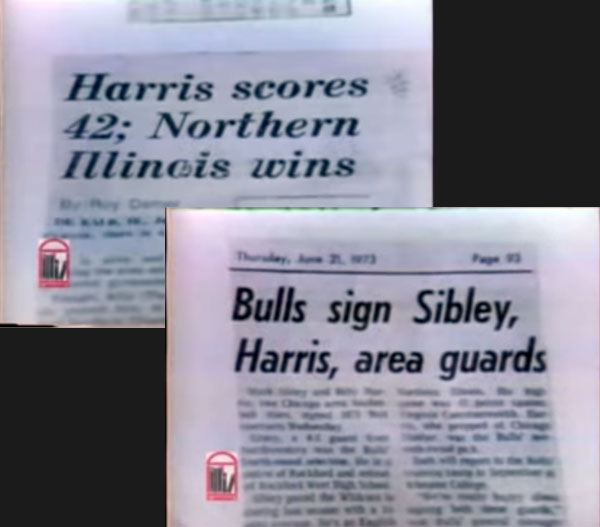
Every playground legend is grounded in reality. Up until now every playground legend had a rival, a peer. The playground legend was never perfect. There was always that one bad game, the shot missed with money on the line. This made every legend real. Scoop could not find it in the case of Billy Harris. The further Scoop dug, the more witnesses and record books would back up the claim.
"I go play now and I get a little tired now, but I'm real slick, ya dig? Play a little bit. Chill. Fuck you up a little bit. Chill. You understand what I'm saying? Because I know how to orchestrate this. My shit's that tight." Billy in Nike Battlegrounds.
I am not going to talk about why or how Billy was blacklisted from professional basketball. Lacy Banks, a reporter at the Chicago Sun-Times lost his job (and went to court to get it back) for writing an article about Billy and posting the conspiracy subject that contradicted the Chicago Bulls reasons were for cutting Billy after drafting him in 1973. Scoop writes that the conspiracy was to keep him out of the NBA because Billy would not conform.
"What these people don't understand is the very things that if they do now they can sign a 80-million dollar deal. That's bullshit! They got n*ggas crossed out. I'm the n*gga that took that shit to Division 1 and made it work! You understand me? All this shit, crossover, behind the back when I'm going on a muthafucka, one hand jumper coming with the spinnin' fuck. [gestures as if he's doing basketball tricks] All of that. I did all that shit dude? I pick up a paper, here's a bunch of muthafuckas talking about they're street legends. Man, fuck you, you ain't shit, and if somebody believes that shit, so be it."
- Billy in Nike Battlegrounds.
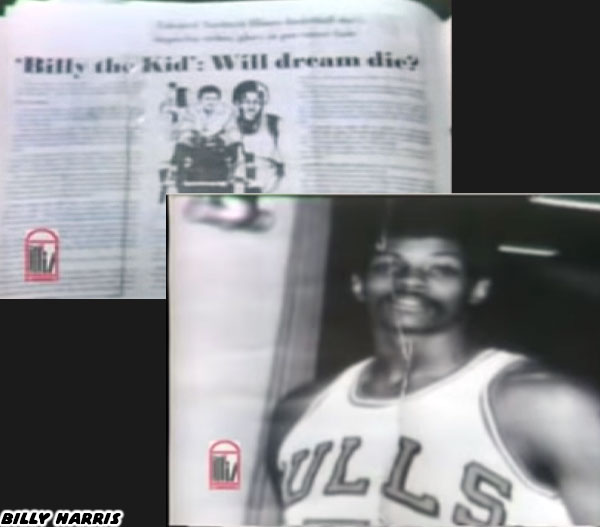
30-years later a new generation of streetball players and "legends" (some with only a few years experience) get shine on TV, shoe contracts, national tours and earn street cred for the NBA all because some fat rappers, businessmen and promoters can cash in on the talent. That is phony. Billy Harris is real.
Billy deserves respect for everything he has ever done for the game. Billy deserves recognition as the greatest playground legend ever. Just because there aren't mix tapes featuring people like Fly and Billy doesn't mean they weren't real or their games weren't as good if not far better than the best we have today. In the NBA they said that nobody would ever be able to create better highlights than Bob Cousy backindadaze. Eventually Pistol Pete came around... Years later the legacy of greats came and evolved the game, Dr. J, David Thompson, Magic Johnson, Michael Jordan and (injuries notwithstanding) LeBron James. Many, many more have come and gone in the playground. But it doesn't matter much. NBA or playground Billy would have balled them all up. Believe it.
Addendum: Months after writing this series Lang Whitaker wrote of another ballplayer named Jesse Dunn in the second issue of Streetball by SLAM magazine. If reports are to be believed (Lang has never lied before) then we may have discovered the Angel to Billy's Devil. But that story is for another day...
Were there any street legends that you heard of in any discipline that were better than the pros? Let me know in the comments section please. As always if you would like to sponsor me
please visit my Patreon page and consider donating each month, even as little as $1 would help make better blogs and even podcasts!
